Order Agaricales Higher classification Laccaria | Division Basidiomycota Scientific name Laccaria bicolor Rank Species | |
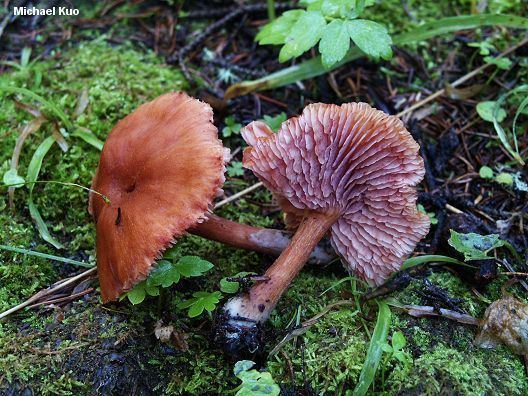 | ||
Similar Laccaria, Laccaria laccata, Basidiomycota, Laccaria amethystina, Laccaria proxima | ||
Laccaria bicolor fungi kingdom
Laccaria bicolor is a small tan-colored mushroom with lilac gills. It is edible, but not palatable, and grows in mixed birch and pine woods. It is found in the temperate zones of the globe, in late summer and autumn. L. bicolor is an ectomycorrhizal fungus used as a soil inoculant in agriculture and horticulture.
Contents
- Laccaria bicolor fungi kingdom
- Taxonomy
- Description
- Distribution and habitat
- Carnivory
- Ectomycorrhizae
- Genome
- References
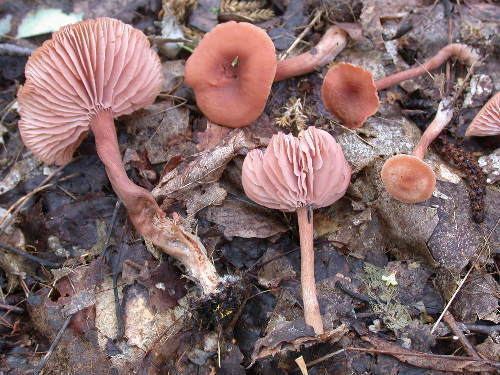
Taxonomy
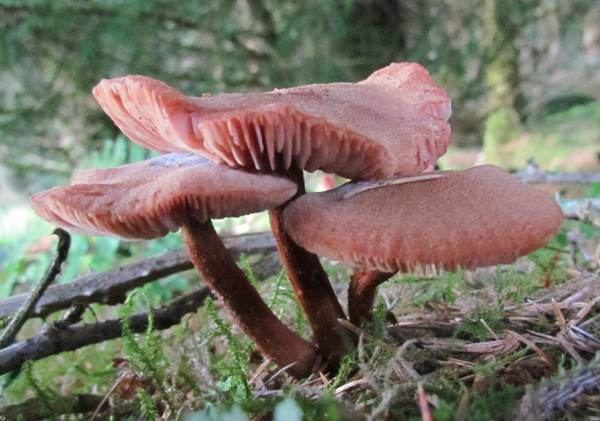
It was initially described as a subspecies of Laccaria laccata by French mycologist René Maire in 1937, before being raised to species rank by P.D. Orton in 1960. Like others in its genus it has the common name of 'Deceiver', because of its propensity to fade and become hard to identify.
Description
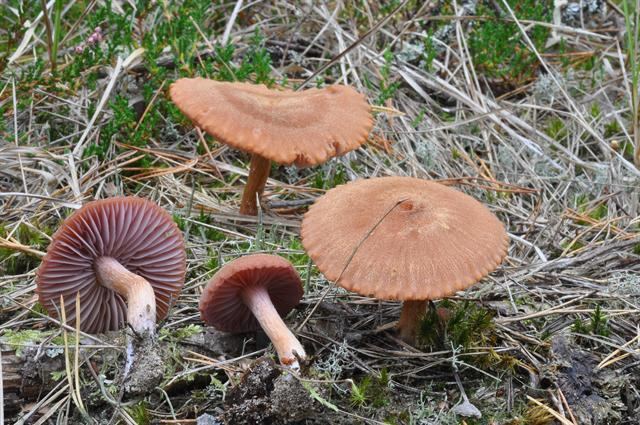
The cap is 2–4.5 cm (0.8–1.8 in) across, convex to flat, and with a central navel. It is often incurved at the margin, and is various shades of ochraceous-buff, and tan, depending on moisture content. The fibrillose stipe is the same color, and with a distinct lilac down towards the base. The flesh is whitish, tinged with pink, or ochraceous, and has no apparent distinctive smell, or taste. The gills are pale lilac at first, fading paler. The spores are white. The picture on the right shows young specimens with quite vivid coloration. More often, they are found duller in appearance.
Distribution and habitat
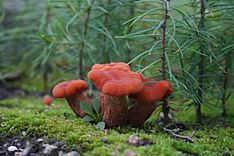
This species is mycorrhizal with a range of trees, and is found throughout the temperate zones of the world, in summer and autumn. This includes temperate and boreal forests of North America and probably Northern Europe. It seems to prefer birch and pine woods.
Carnivory

Laccaria bicolor is one of a number of species of carnivorous fungi, but one of the few that catches and kills insects, specifically springtails.
Ectomycorrhizae

This species forms ectomycorrhizal associations with a wide variety of tree species, such as red pine, jack pine, and black spruce. Studies have shown that L. bicolor is more effective in early colonization of pine roots compared to other ectomycorrhiza forming fungi. In field studies, it preferentially colonizes and improves the survival of red pine.
Genome
Laccaria bicolor was the first ectomycorrhizal fungus to have its genome sequenced. The genome is 65 megabases long and is estimated to contain 20,000 protein coding genes. Analysis revealed a large number of small secreted proteins of unknown function, several of which are only expressed in symbiotic tissues, where they probably play a role in initiating symbiosis. It lacks enzymes that are able to degrade plant cell walls but does possess enzymes which can degrade other polysaccharides, revealing how it is able to grow both in soil and in association with plants.
